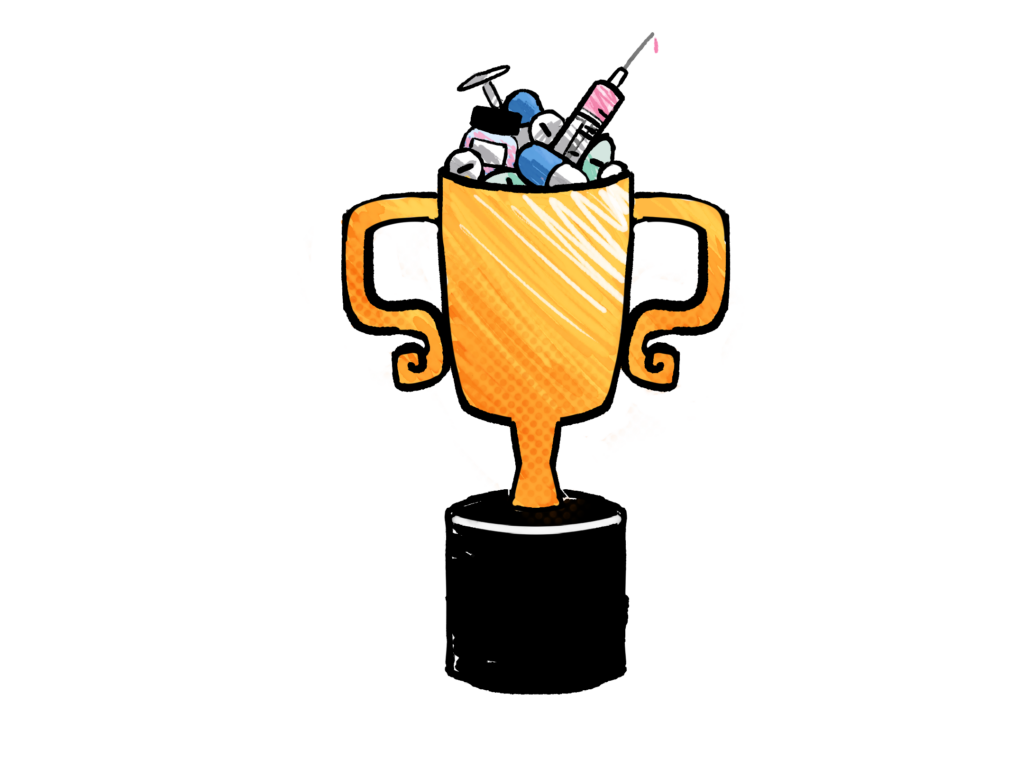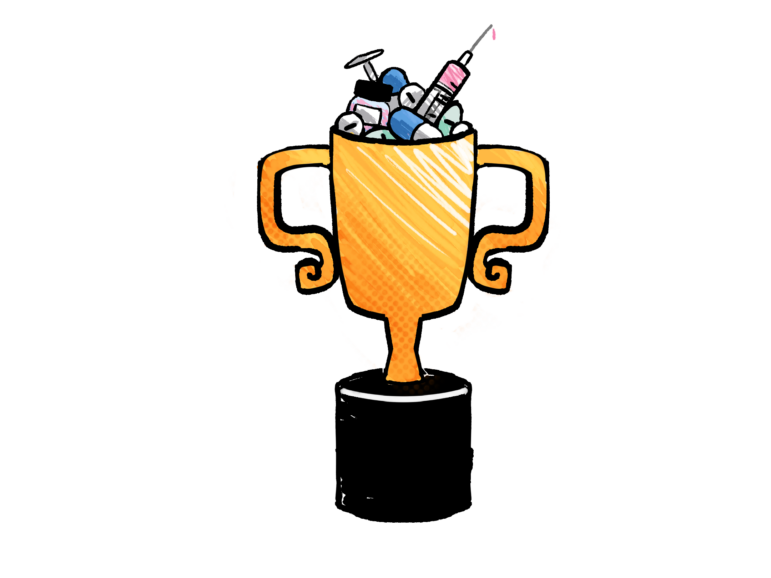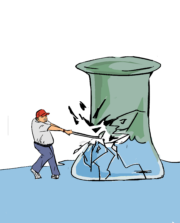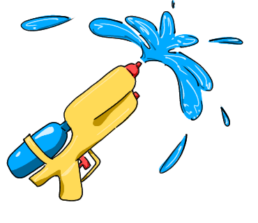
Bigger, faster, stronger — but at what cost? For centuries, athletes have sought methods to push their bodies to the boundaries of human performance. Sports captivate audiences because they display the limits of human potential. Fans are drawn to the spectacle of athletes beyond what was once thought possible. From the hallucinogenic herbal concoctions consumed by athletes in the ancient Olympics to the high-tech doping scandals of the modern era, the rampant pursuit of greatness has often been overshadowed by ethical dilemmas.
To understand the use of performance-enhancing drugs, one must understand the athletes who take them. A majority of elite athletes have dedicated their entire lives to becoming the best they possibly can at their sport, placing their entire self-worth in the wins and losses column, setting themselves up for either extreme highs or extreme lows. In this hyper-competitive environment, fractions of a second or ounces of muscle can separate immortality and fading into the annals of obscurity.
The use of performance-enhancing substances dates back to ancient civilizations. Roman gladiators and Greek Olympians used hallucinogens and herbal stimulants to boost strength and endurance. These crude forms of performance enhancers may or may not have worked in the way we think steroids work today, but they do prove that it is human nature to seek any possible edge in the pursuit of victory.
By the late 19th century, cyclists and marathon runners began to utilize a plethora of substances, including cocaine, strychnine and alcohol, to enhance performance and reduce fatigue. The 20th century saw the rise of anabolic steroids, which were developed in the late 1930s. The Cold War escalated the problem of doping in sports. As countries vied for global dominance, international athletic competition became a proxy for the Cold War. During this era, many countries dedicated some of their most brilliant scientific minds to the advancement of athletics via the advancement of doping. In most cases, athletes unknowingly or unwillingly participated in these elaborate state-backed doping programs. These programs went unchecked for years and created an environment where if you were not doping you were at a disadvantage.

One of the most infamous doping scandals in sports history took place in the Bay Area. The Bay Area Laboratory Co-Operative was a laboratory headquartered in Burlingame. BALCO provided PEDs to numerous high-profile athletes such as Major League Baseball superstar Barry Bonds and Olympic track athletes Marion Jones and Tim Montgomery. BALCO’s signature drug, known as “The Clear,” was a designer steroid engineered to evade drug tests. The scandal rocked the sports world, leading to congressional hearings, suspensions and a broader crackdown on doping. It also uncovered the constant cat-and-mouse game between athletes using PEDs and anti-doping agencies striving to detect them.
A recent doping controversy involved world number one tennis player Jannik Sinner. Sinner tested positive for traces of clostebol in March 2024, he claimed he unknowingly ingested the substance through a spray used by his physiotherapist. Sinner faced a two-year suspension. However, the World Anti-Doping Agency concluded that he had no intent to cheat and gained no competitive advantage from the substance. In a settlement, Sinner received a three-month ban from February to May of 2025 meaning he will not miss any major tournaments.
Sinner took little responsibility for his team’s actions, and his case has reignited debates about strict liability and the fairness of doping sanctions. An important legal issue that arose from this case is the distinction between intentional doping and unintentional doping. Strict liability ensures accountability, but some argue that athletes should not face the same penalties for consuming PEDs without knowing it. This debate will likely shape future anti-doping policies, as governing bodies try to maintain fairness while working through the complexities of real-world cases.
With the constantly evolving nature of athletic performance, the line between natural talent and engineered performance will only blur further. Sports organizations and society are forced to continually redefine what it means to compete on a level playing field.



